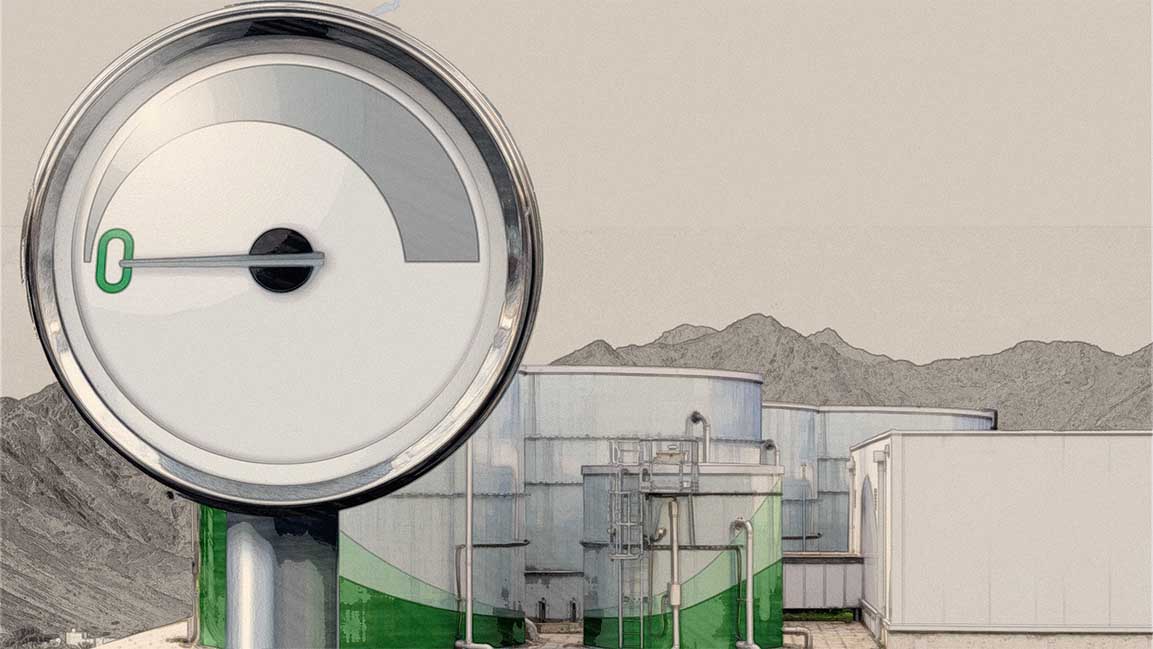- | 12:00 pm
Oman to lead in hydrogen production in the Middle East by 2030
Scaling up renewable hydrogen production in Oman to 1 million tonnes by 2030 would require investment of around $33 billion

The demand for alternative energy is gaining momentum, and low-emission hydrogen ticks all the boxes to fulfill the growing demand.
In its latest report, the International Energy Agency has described Oman as “well placed to produce large quantities of low-emissions hydrogen.” It states that the country has the potential to become one of the most competitive producers of renewable hydrogen, with a capital cost reduction of 70% by 2030 due to ramping up of the installed capacity of electrolyzers in the country.
As per the analysis, Oman is on track to become the sixth-largest exporter of hydrogen globally and the largest in the Middle East by 2030.
“Oman could become the largest exporter of hydrogen in the Middle East this decade. Oman is actively working to realize its renewable hydrogen targets,” read the report entitled Renewable Hydrogen from Oman: A producer economy in transition. “The country has set targets to produce at least 1 Mt of renewable hydrogen by 2030, up to 3.75 Mt by 2040, and up to 8.5 Mt by 2050.”
Oman aims to produce at least 1 million tons of renewable hydrogen a year by 2030, up to 3.75 million tonnes by 2040 – and up to 8.5 million tonnes by 2050, which would be greater than the total hydrogen demand in Europe today. The 2040 hydrogen target would represent 80% of Oman’s current LNG exports in energy-equivalent terms, while it noted that achieving the 2050 target would almost double them.
Scaling up renewable hydrogen production in Oman to 1 million tonnes by 2030 would require a cumulative investment of around $33 billion and about 50 TWh of additional captive renewable electricity.































